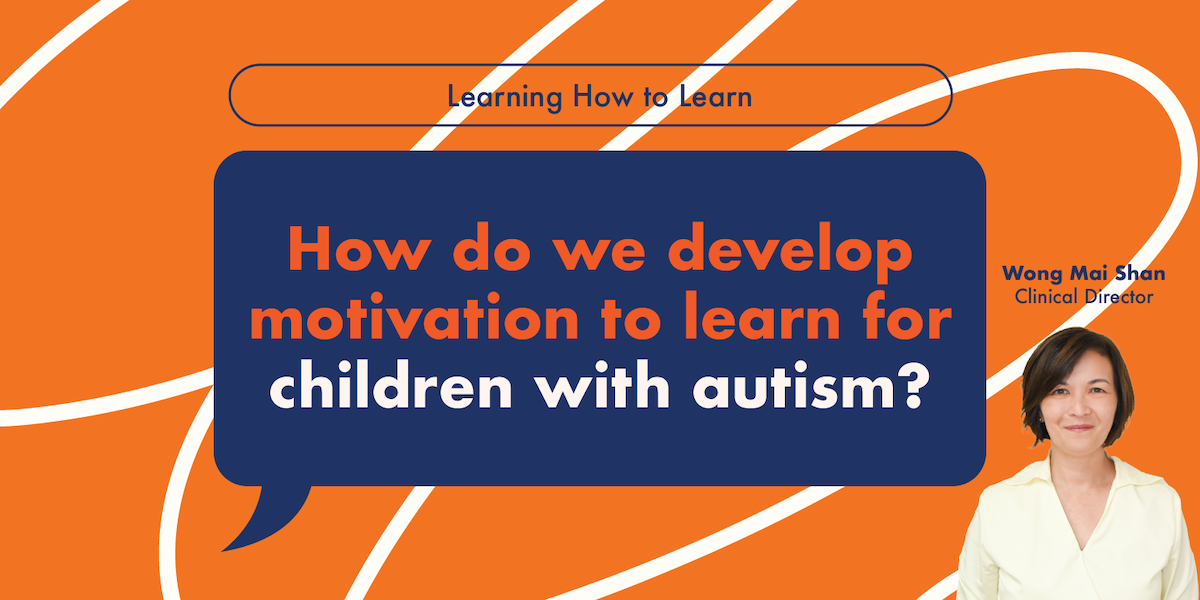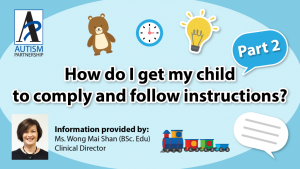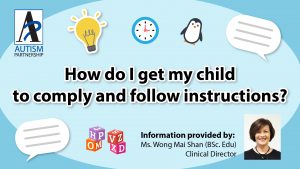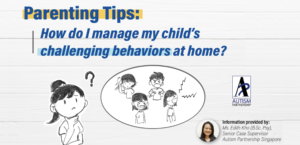Learning-How-To-Learn Skills:
How do we develop motivation to learn for
children with autism?
As mentioned in our previous article, it is common that children with ASD to have poor or little desire to learn because of the lack of motivation to accomplish their goals. This makes it hard for us to teach them the things we would like them to learn.
There are many reasons why this may occur, and the reasons are unique to each child. It is crucial to understand each child and get to know them as individuals in order to discover what may be causing a lack of motivation.
Having limited skills and understanding, as well as having had negative experiences with learning, are both common reasons for a lack of interest in learning. Children can also experience both of those challenges and experiences.
In the previous part of this article, we have shared steps to motivate a child with limited skills and understanding. In this article, we will focus on a child who has had negative learning experiences.
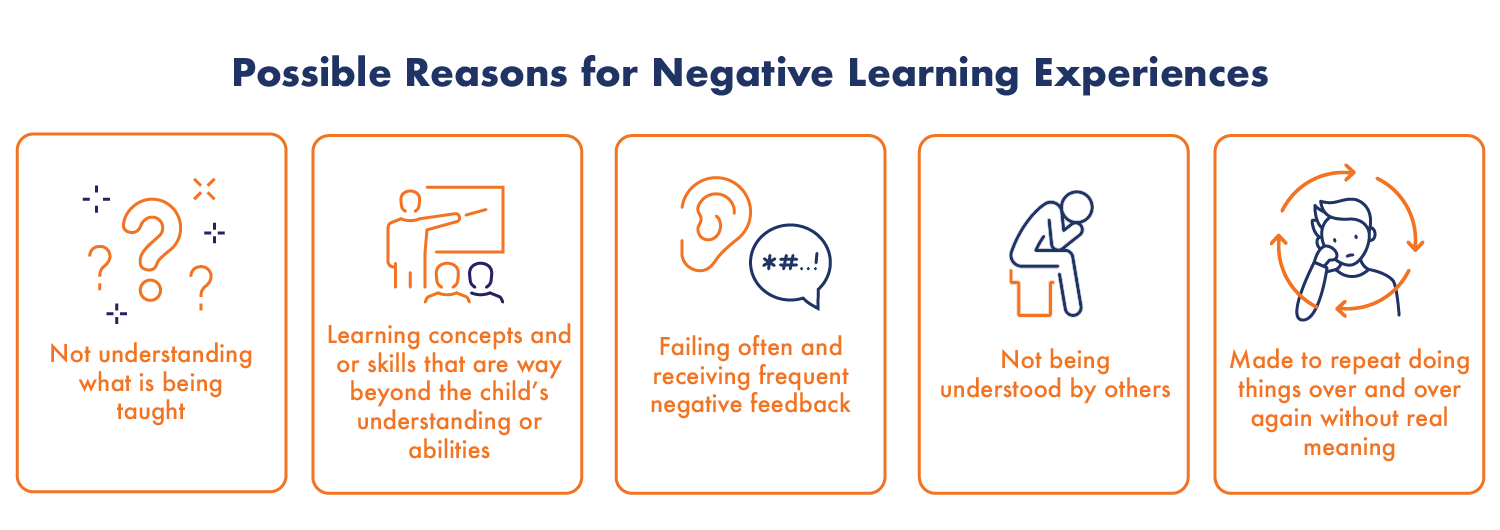
Every child wants to succeed and understand what is going on, including children with autism. We need to help them experience a positive learning journey if their learning journey has been a negative one.
What are some ways we can provide positive learning experiences for Children with Autism?
Following are some suggestions on how we can adjust our approach and/or teaching to create a positive learning experience for the child based on each of the reasons mentioned above:

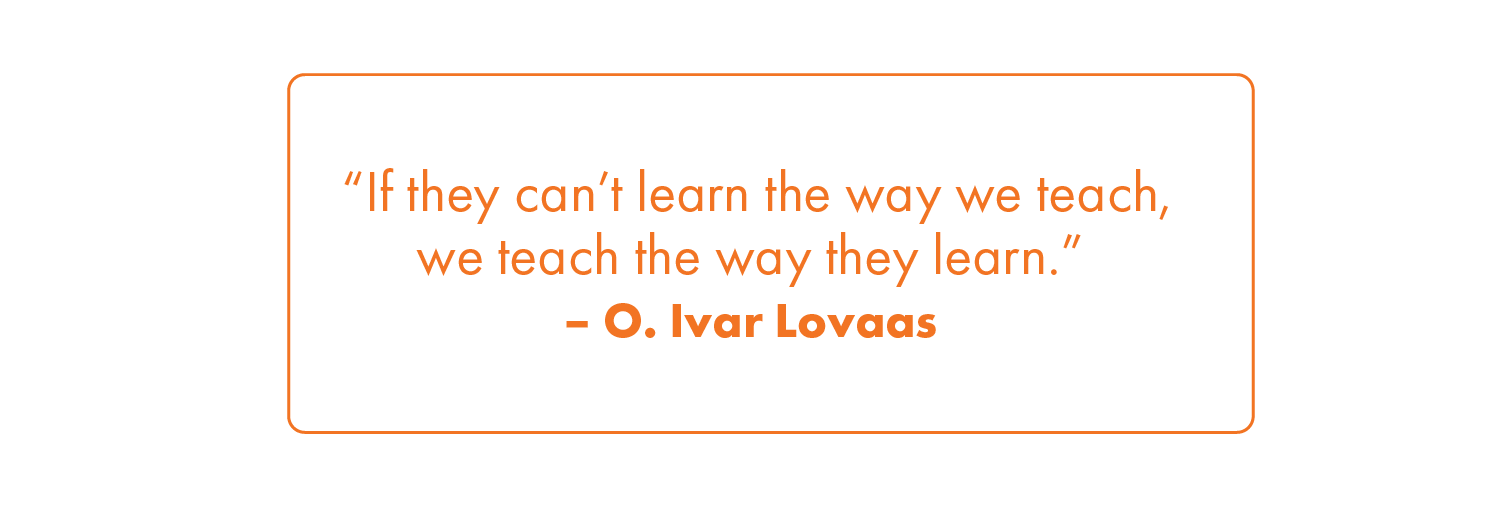
This quote says it all! As mentioned earlier, we need to understand how the child learns best and adjust our teaching that best suits the child so that the child understands what we are teaching him. This requires us to know the child well, the skills he has, the challenges he faces, his strengths and weaknesses, what motivates him, and so on.

Let’s just imagine for a minute that we are going skiing. The fact is, you have not skied before. However, your instructor brought you to the Black slope the highest part, and asked you to ski. We know that most likely you will struggle and have a terrible skiing experience.
This goes the same for a child who is made to learn concepts, and perform skills that are way beyond his ability. He will not be able to follow the lesson and most likely be frustrated.
What we need to do is to build a strong foundation of pre-requisite skills, and equip the child with fundamentals once those are achieved then we can move on to teach those areas that the child was facing challenges in initially.

None of us like to fail and be given negative feedback frequently. Such experiences cause one to be frustrated, feel lousy about oneself, affects joy, and shut our mind to learning.
Before we teach, we need to think of ways to teach it the way the child learns best, we need to think of meaningful prompts we can provide the child if needed so that the child will not fail in his attempt but bearing in mind to fade it as soon as possible, we need to be encouraging and provide meaningful feedback.
We need to do all this with the main purpose of ensuring that learning will be a positive experience for the child. Positive experiences in turn increase the child’s confidence as he will not face lots of failures and will receive encouragement as well as meaningful feedback that will increase his understanding to ensure true learning.

We know it’s very frustrating when people do not understand us. Most children with ASD struggle with language, they find it hard to express themselves clearly so that others will understand what they want, how they feel, what they don’t understand, and so on. To help the child reduce his frustration, we have to teach the child to communicate more effectively.
For a child who has some language, able to express himself to some extent we can further teach the child emotions/ his likes/dislikes. With the understanding of emotions, the child can then convey how he feels, his likes/dislikes, and so on. Expressing himself and being understood by others, will help to reduce his frustration of not being understood.
For a child with no speech, it is just as important to provide a means by which he can express himself so others can understand. We can teach the child to use an augmentative device or a communication tool to express his needs and wants.

There are some advantages of practicing and doing things over and over again. At times some skills, for example, learning to put on clothes, brush teeth and etc. may require repetition in order for the child to pick up the skill.
However, it is vital we think about the child’s perspective when we ask the child to do the same thing over and over again. When does it become meaningless doing versus adding value to learning for a good purpose? We should also evaluate, even with practice the child is not acquiring the skill or making any improvements, what could be possible reasons that are holding the child back from acquiring the skill?
Rather than continuing to make the child practice, let’s take a step back. Identify what could be the interfering factor and with that information, plan our learning experience for the child accordingly. Keeping in mind the goal of providing a positive and meaningful learning experience for the child.
In conclusion,
Children with ASD can learn, are able to achieve a great deal, and desire to accomplish things!
However, they may fail to do so because their motivation may have been affected due to various factors. It’s important we pause and ask ourselves why is there a lack of motivation, seek to understand the child further, and have the resolve to teach the child the way he learns best.
Through this process, we will begin to observe the child’s zeal for learning to turn around and his confidence taking a leap forward!! Reaping the benefits of taking the time to help the child be a motivated learner.

